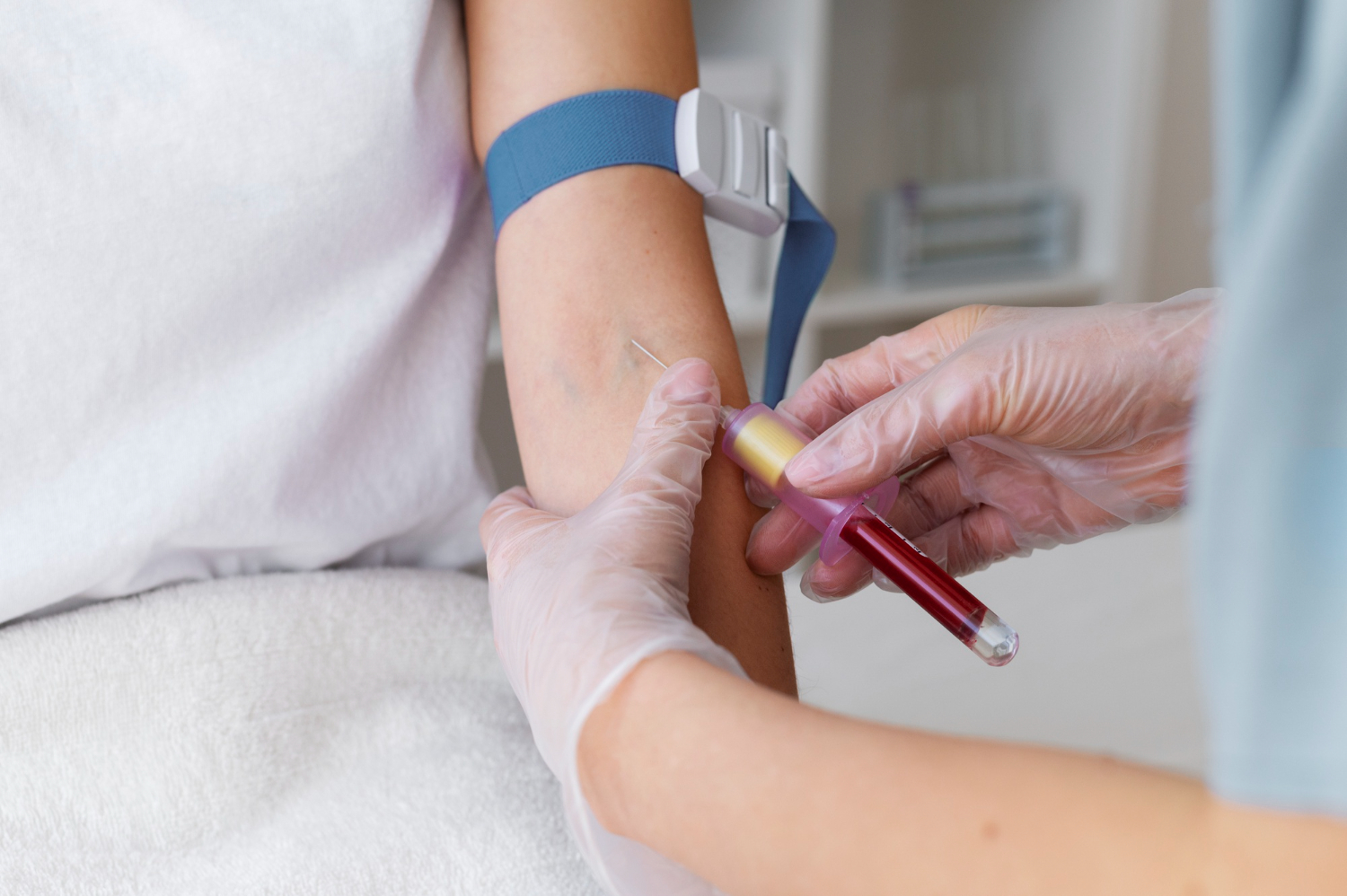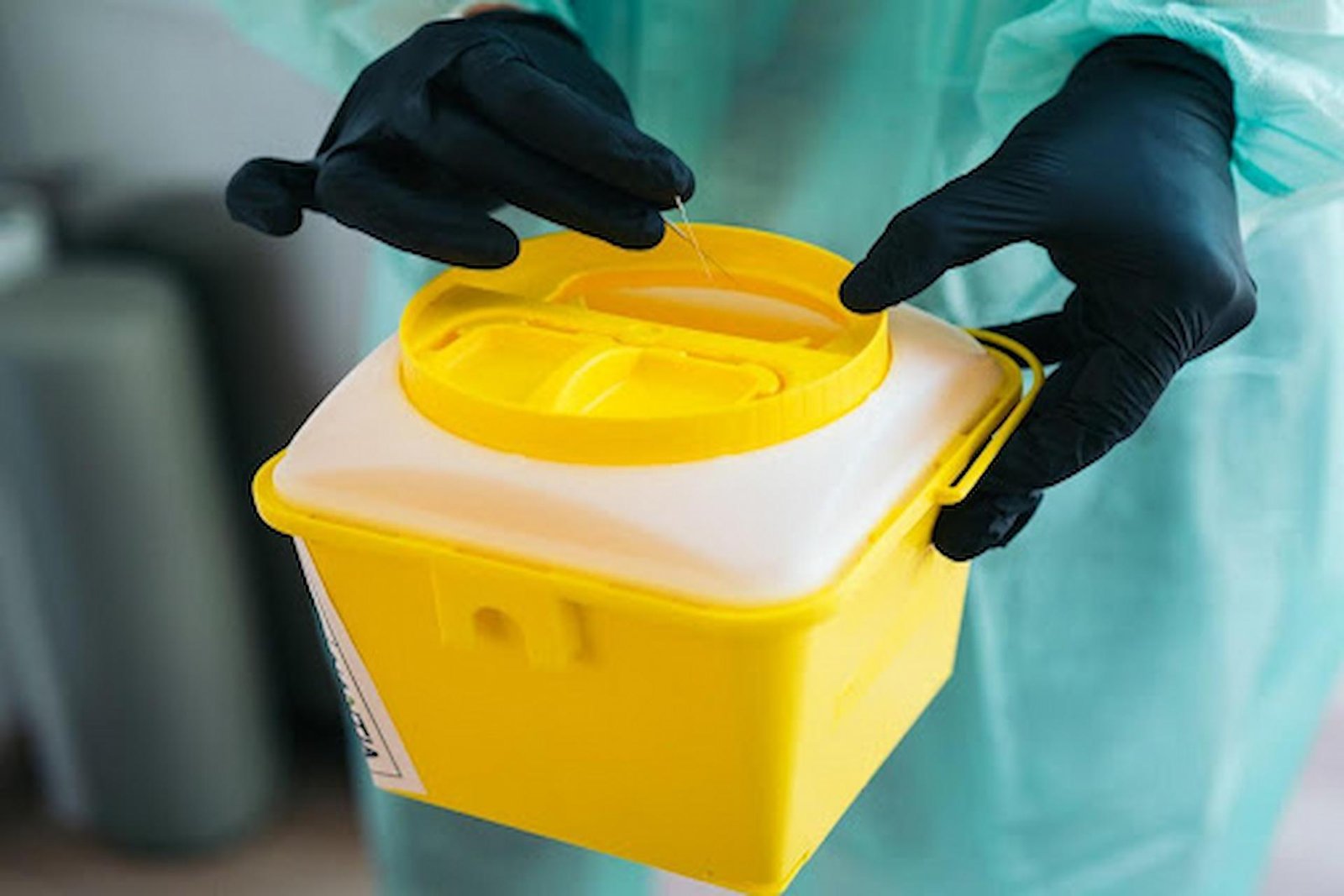Are you constantly plagued by sneezing, itchy eyes, or a runny nose? It could be allergies. Allergies affect millions worldwide, making understanding how they are diagnosed and treated essential. In this comprehensive guide, we will delve into the world of allergy testing, providing you with the knowledge you need to navigate this often confusing process.
From skin prick tests to blood tests, we’ll explore the different methods of diagnosing allergies and shed light on their accuracy. We’ll also discuss common allergens and the importance of avoiding triggers to manage symptoms effectively. Furthermore, we’ll dive into the various treatment options available, including medications and immunotherapy, so that you can find relief from your allergies.
Don’t let allergies hold you back from enjoying life to the fullest. Arm yourself with the understanding of allergy testing and treatment, and take control of your health. Whether you suspect you have an allergy or have been struggling with one for years, this guide is your go-to resource for gaining clarity on the diagnostic journey and finding the best solutions for long-term relief.
Common Allergens And Symptoms
Allergies can be caused by a wide range of substances known as allergens. Common allergens include pollen, dust mites, pet dander, mold spores, certain foods, and insect stings. When exposed to these allergens, individuals may experience various symptoms ranging from mild to severe.
Depending on the type of allergy, symptoms can manifest in different ways. For example, seasonal allergies often include sneezing, nasal congestion, itchy or watery eyes, and a runny nose. On the other hand, food allergies may cause symptoms such as hives, swelling, gastrointestinal distress, and even anaphylaxis in severe cases.
It is essential to pay attention to these symptoms and identify any patterns to help determine the potential allergens causing them. Keeping a symptom diary can help track symptoms and identify triggers. Once you better understand your symptoms and potential allergens, it’s time to consider allergy testing.
Types Of Allergy Tests
When diagnosing allergies, healthcare professionals may use several types of tests. Each test has advantages and limitations, and the choice may depend on various factors, such as the suspected allergen, the individual’s medical history, and the severity of symptoms.
Skin Prick Test
The skin prick test, a puncture or scratch test, is one of the most common methods to diagnose allergies. During this test, small amounts of common allergens are applied to the skin, usually on the forearm or back. The skin is then pricked or scratched to allow the allergens to enter the body. If you are allergic to a particular substance, you will develop a small raised bump, similar to a mosquito bite, at the site of the allergen.
The skin prick test is quick, relatively painless, and provides immediate results. It can help identify allergic reactions to various allergens, including pollen, pet dander, dust mites, and certain foods. However, it may not be suitable for individuals with certain skin conditions or those taking certain medications, as they can interfere with the accuracy of the test.
Blood Test (Specific Ige Test)
Another standard method of allergy testing is a blood test, which precisely measures the levels of specific immunoglobulin E (IgE) antibodies in the blood. The immune system produces IgE antibodies in response to allergens. By measuring the levels of these antibodies, healthcare professionals can determine if an individual has an allergic reaction to a specific substance.
The blood test, also known as a specific IgE test, is instrumental when skin prick testing is not feasible or inconclusive. It can help diagnose allergies to various allergens, including pollen, mold, pet dander, and certain foods. Blood tests are also commonly used to monitor the effectiveness of allergy treatments over time.
While blood tests are highly accurate, they may take longer to produce results compared to skin prick tests. Additionally, they are generally more expensive and may sometimes be covered by something other than insurance. Nevertheless, blood tests are valuable in diagnosing allergies, especially when other methods are unsuitable.
Patch Test
Patch testing is a specialized type of allergy testing used to identify allergic contact dermatitis, a delayed hypersensitivity reaction that occurs when the skin comes into contact with certain substances. This type of allergy is often caused by exposure to chemicals, metals, or other irritants commonly found in everyday products such as cosmetics, fragrances, and jewelry.
During a patch test, small amounts of potential allergens are applied to patches and placed on the skin, usually on the back. The patches are left in place for a specific period, usually around 48 hours, allowing the substances to come into contact with the skin. After the patches are removed, the skin is examined for signs of an allergic reaction, such as redness, swelling, or a rash.
Patch testing is a safe and effective method of diagnosing allergic contact dermatitis. It can help identify the specific substances causing the reaction, allowing individuals to avoid them in the future. However, it’s important to note that patch testing is not used to diagnose other types of allergies, such as seasonal or food allergies.
Elimination Diet
Sometimes, healthcare professionals recommend an elimination diet to identify potential food allergies or intolerances. This method involves removing specific foods from your diet for a set period, usually a few weeks, and then gradually reintroducing them one by one while monitoring for any adverse reactions.
Elimination diets are beneficial for identifying food allergies or intolerances that may not be detected through other testing methods. However, they should only be conducted under a healthcare professional’s or registered dietitian’s guidance to ensure nutritional adequacy and proper interpretation of results.
Elimination diets can be challenging, requiring strict adherence to specific dietary restrictions. Working closely with a healthcare professional or registered dietitian is essential to ensure the diet is appropriately planned and monitored to avoid nutritional deficiencies.
Interpreting Allergy Test Results
Once allergy testing is complete, it’s essential to understand how to interpret the results accurately. The results of allergy tests are typically provided as a report, which indicates the presence or absence of allergic reactions to specific allergens.
In the case of skin prick tests, the results are usually interpreted based on the size of the raised bump or wheal that forms at the site of the allergen. A giant wheel indicates a stronger allergic reaction. However, it’s important to note that the wheel size alone does not always correlate with the severity of symptoms experienced when exposed to the allergen.
Blood test results, on the other hand, are reported as specific IgE antibody levels. The higher the antibody level, the more likely an individual is allergic to a particular substance. However, the specific IgE levels must also be interpreted with the individual’s symptoms and medical history to determine the clinical significance.
It’s crucial to consult with a healthcare professional or allergist to accurately interpret the allergy test results. They will consider various factors, such as the individual’s symptoms, medical history, and the likelihood of exposure to specific allergens, to make an informed diagnosis and develop an appropriate treatment plan.
Treatment Options For Allergies
Once allergies have been diagnosed, various treatment options are available to help manage symptoms and improve quality of life. Treatment choice depends on the type and severity of allergies, individual preferences, and lifestyle factors. Here are some standard treatment options for allergies:
Medications
Medications are often the first line of defense in managing allergy symptoms. Antihistamines, decongestants, nasal corticosteroids, and eye drops are commonly prescribed to relieve symptoms such as sneezing, itching, nasal congestion, and watery eyes. These medications work by blocking the release of histamine or reducing inflammation in the nasal passages and eyes.
It’s important to note that medications may only provide temporary relief and do not address the underlying cause of allergies. They should be used as directed by a healthcare professional and may need to be taken regularly during allergy seasons or as needed to manage symptoms.
Immunotherapy
Immunotherapy, also known as allergy shots or drops, is a long-term treatment option to desensitize the immune system to specific allergens. It involves regular injections or sublingual drops containing small amounts of allergens, gradually increasing the doses over time.
Immunotherapy aims to train the immune system to tolerate exposure to allergens, reducing the severity of allergic reactions over time. It can be particularly effective for individuals with severe allergies or those who do not find relief from medications alone.
Immunotherapy is a long-term commitment, usually lasting three to five years. Regular visits to a healthcare professional or allergist are required for injection administration or monitoring of sublingual drops. However, the potential benefits of immunotherapy, including long-term symptom relief and decreased medication dependence, make it an attractive option for many allergy sufferers.
Conclusion: Importance Of Allergy Testing And Seeking Professional Help
In conclusion, understanding allergy testing is crucial for accurately diagnosing allergies and finding effective treatment options. Allergies can significantly impact an individual’s quality of life, but with the proper knowledge and professional guidance, it is possible to manage symptoms and find relief.
By identifying common allergens and recognizing the symptoms they cause, individuals can take proactive steps to avoid triggers and minimize exposure. Allergy testing, whether through skin prick tests, blood tests, patch tests, or elimination diets, provides valuable information to pinpoint specific allergens and develop tailored treatment plans.
Seeking professional help from healthcare professionals or allergists is essential for accurate diagnosis, interpretation of test results, and guidance on the most appropriate treatment options. Medications and immunotherapy can help manage symptoms and provide long-term relief for individuals with allergies.
Don’t let allergies control your life. Empower yourself with knowledge, get tested, and explore the available treatment options. With the right approach, you can regain control of your health, enjoy life to the fullest, and say goodbye to the burdensome symptoms of allergies.




